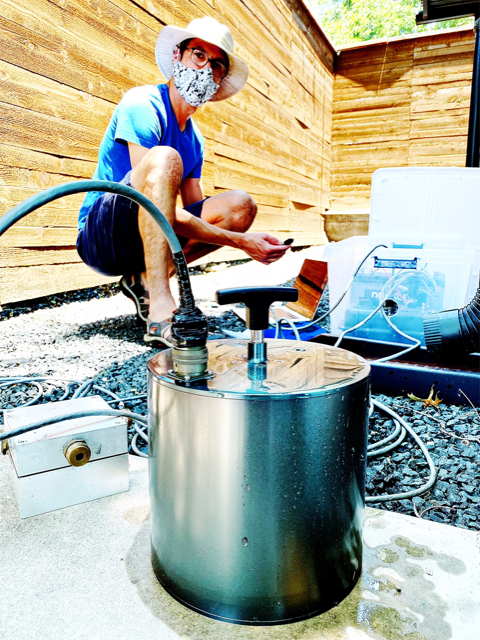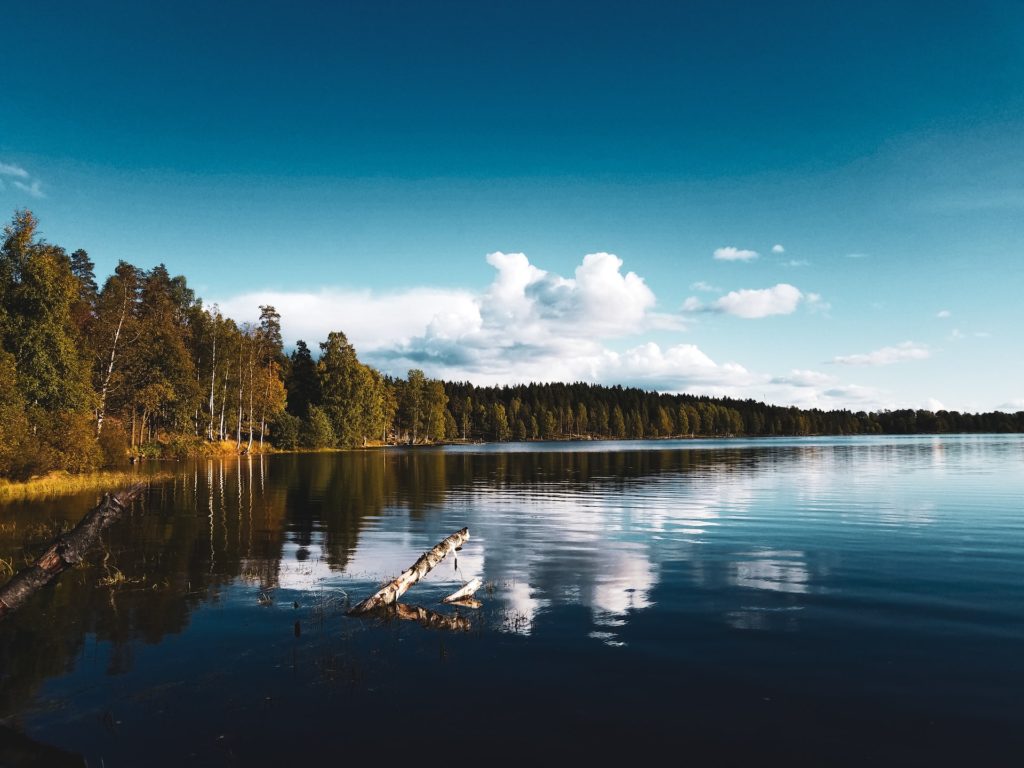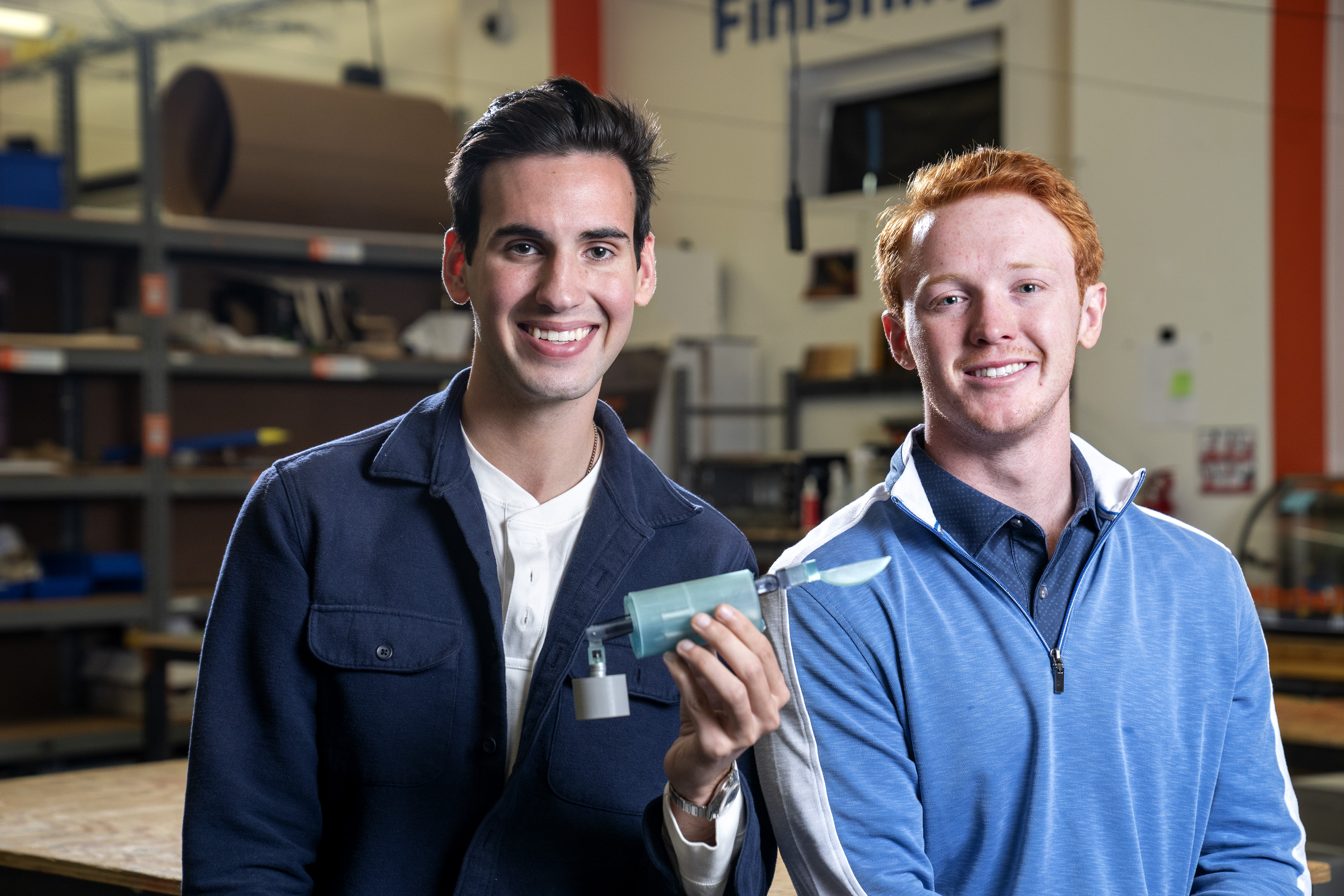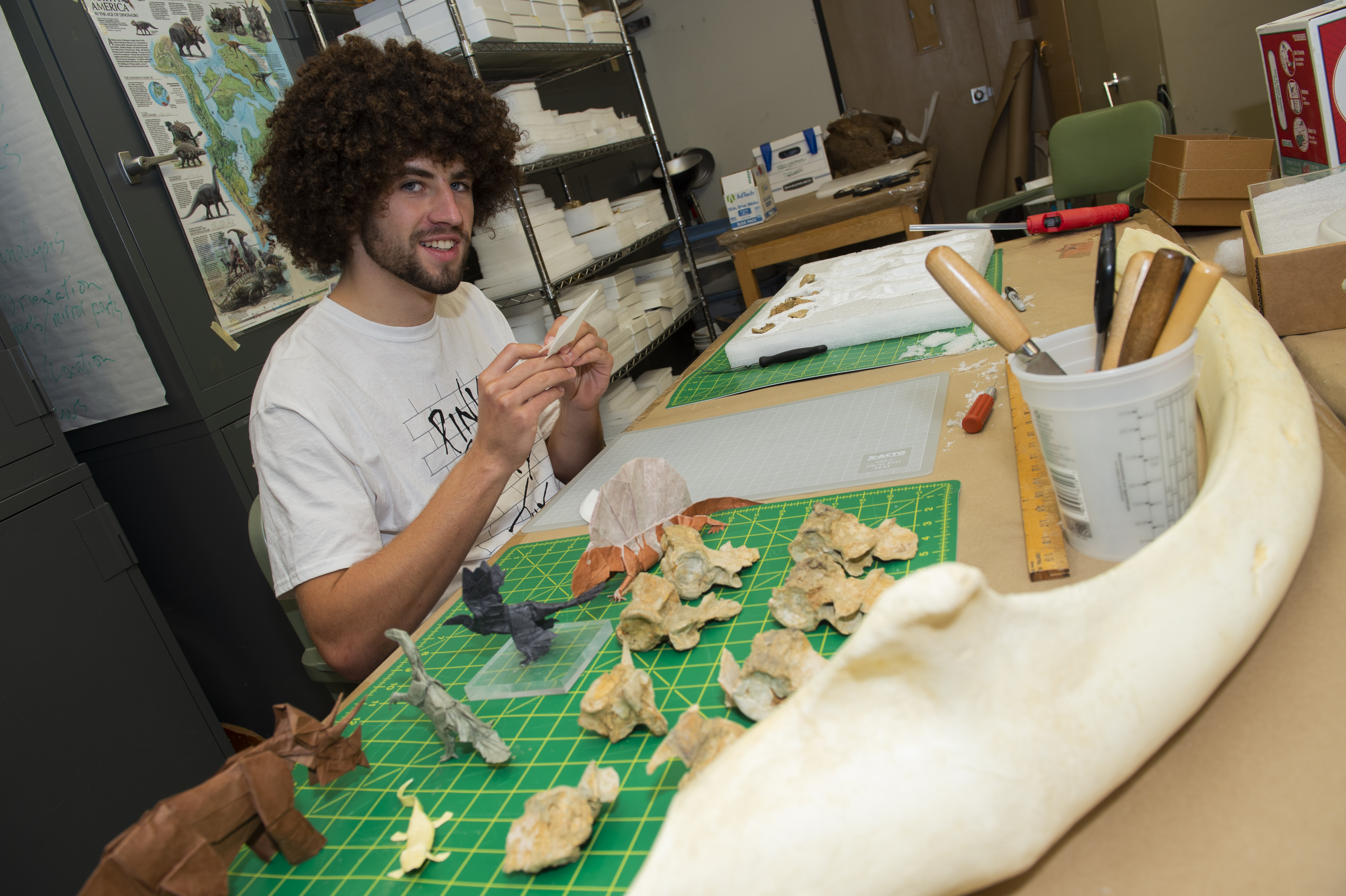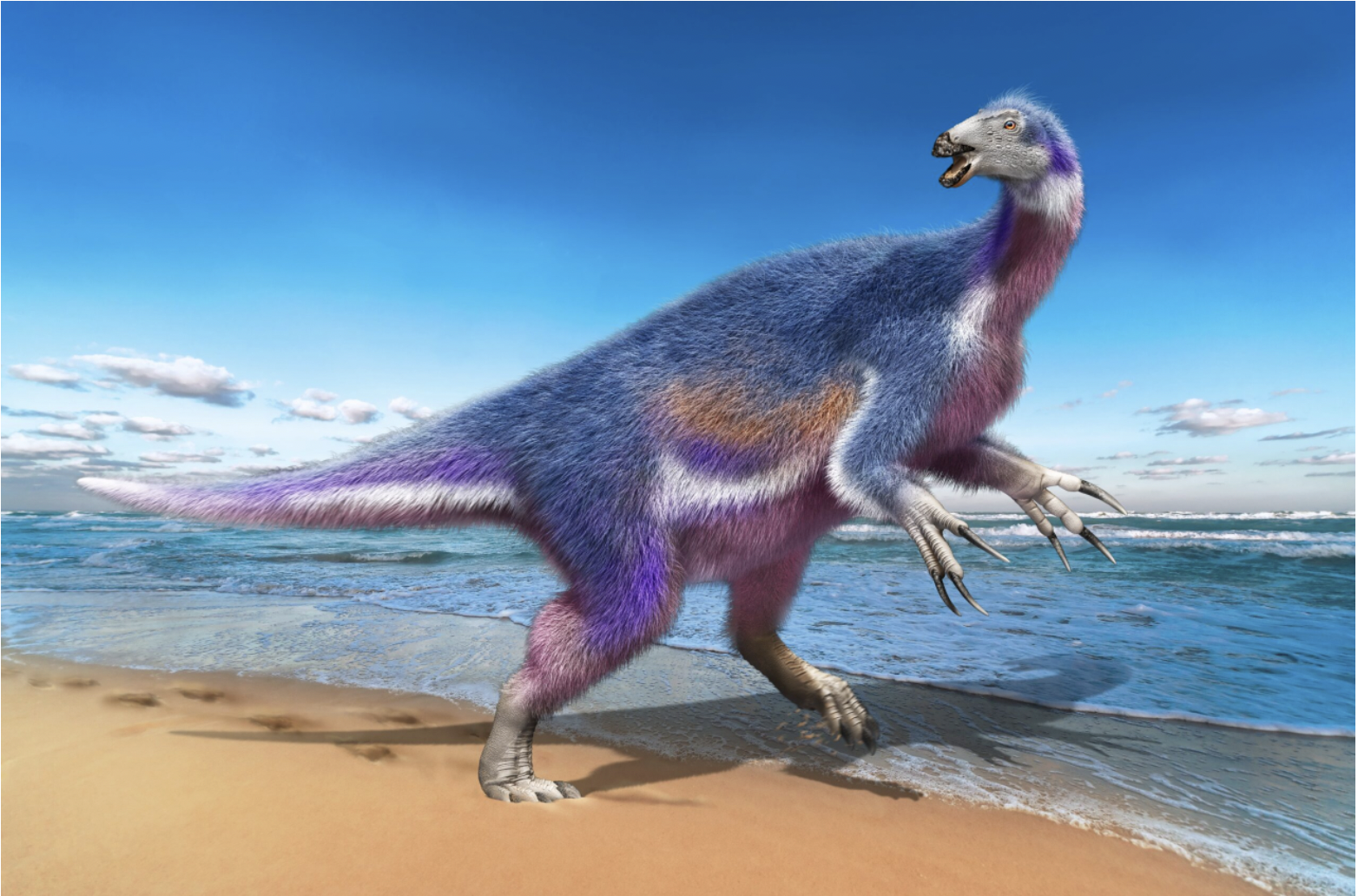SMU Research Coverage Circled the Globe in 2022
DALLAS (SMU) – SMU professors and students were “frequent flyers” in the news in 2022 for everything from helping hospitals design a more patient-friendly way of doing “compassionate dialysis” to identifying clear evidence of gerrymandering in Texas. Here are some of the highlights:
The Dallas Morning News, NBC-5, Spectrum News, Dallas Innovates and People Newspapers covered civil and environmental engineer Barbara Minsker’s study which, for the first time, identified Dallas infrastructure deserts using criteria such as sidewalks and access to health care. The Dallas Morning News’ editorial board then called on the city to invest in the problem spots identified in the research. D Magazine, meanwhile, featured Minsker an additional three times: for her role on a Dallas Media Collaborative panel discussing modern redlining in Dallas; her research in support of a plan to build parks and trails in Oak Cliff; and to explain why the conflict between the GAF shingle plant and its West Dallas neighbors reflects a long history of dirty facilities in low-income areas.
A study led by fire anthropologist Christopher Roos suggests bringing “good fire” back to the U.S. and other wildfire fire-prone areas, as Native Americans once did, could potentially blunt the role of climate in triggering today’s devastating megafires, Popular Science, Axios, Science and Nature World News reported.
Dallas Innovates, CBS-11, Diverse: Issues in Higher Education and Campus Technology shared the news that SMU is collaborating with accelerated computing leader NVIDIA to dramatically boost the University’s high-performance computing system – increasing SMU’s current supercomputer memory tenfold and setting the stage for artificial intelligence (AI) and machine learning 25 times faster than current levels.
Renowned paleontologist Louis Jacobs was interviewed by The New York Times about new dinosaur tracks that were revealed in Dinosaur Valley State Park because of Texas’ drought.
Higher education professor Dominique Baker became a national go-to expert on President Biden’s student debt plan. NPR interviewed her three times: on how FEFL student loans, eliminated from the debt relief program, are still federal loans carried by the precise borrowers the Biden debt relief program intended to help; about long term benefits of the plan including a revision of the income-driven repayment plan; and on why black students are three times more likely to default on their student loans than white students. The Chronicle of Higher Education also featured Baker twice on the student debt plan, as well as Diverse: Issues in Higher Education and the Lily . In addition, Baker wrote an op-ed in The Conversation, saying that the debt relief plan is an excellent start to the creation of an affordable college education.
A new study that connects the long-term use of asthma-prescribed glucocorticoids to structural brain abnormalities gives physicians another reason to keep steroid doses low, asthma and psychology expert Thomas Ritz informed CNN.
Human speed expert Peter Weyand told the New York Times that 17-year-old Erriyon Knighton could break legendary runner Usain Bolt’s records, once thought untouchable. Meanwhile, in a WYNC Radiolab episode titled “Flop Off,” he described his research into the physics of NBA basketball players’ flopping. And Weyand appeared on Apple’s The Real Science of Sport Podcast, talking about the controversy surrounding Paralympic runner Blake Leeper.
The greatest challenge facing a successful Artemis I launch to the Moon may be apathy, planetary scientist Matthew Siegler told Newsweek. Lack of public and political support killed the Apollo program, he said. Siegler also talked to How Stuff Works , Gadget, The Dallas Morning News and Science Friday podcast about the Artemis I launch and other exciting space missions coming up.
In a full-page op-ed in The Dallas Morning News, Krista Lynne Smith, an observational astrophysicist at SMU, said satellite constellations like Elon Musk’s SpaceX could rob us of our ability to see real stars in the next decade without more regulation. The heavy satellite traffic could also put astronomy research in danger, she said.
Don’t be overly alarmed about a study showing that excessive blue light exposure can accelerate aging in flies, chemist Brian Zoltowski said to NBC News. The bigger issue for humans is the effect blue light can have on the circadian rhythm, he explained.
The massive Jan. 15 eruption of the undersea Hunga Tonga-Hunga Ha’apai volcano in the South Pacific Ocean was a once-in-a-century event that allowed 76 international scientists using multiple forms of technology to crowdsource their data in ways never before possible. Geophysicist Stephen Arrowsmith, one of the co-authors of the eruption analysis published in Science, told Yahoo that the last time an eruption created a shockwave of similar scale – 1883 Krakatoa – scientists had inferior technology to record it.
A 5.4-magnitude earthquake that struck West Texas in November was adding pressure to the oil-and-gas regulators to impose stricter fracking rules. The Wall Street Journal interviewed geophysicist Heather DeShon to explain how injecting wastewater can create such earthquakes. In addition, Vox interviewed DeShon to find out why Texas was now seeing hundreds of yearly earthquakes of at least magnitude 2.5, the minimum humans can feel, and thousands of smaller ones.
SMU, the Retina Foundation of the Southwest and BALANCED Media|Technology created an unconventional way of analyzing data to detect macular degeneration: through playing a video game. Ophthalmology Times, D Magazine and Engineering & Technology featured the technology that Corey Clark, Assistant Professor at Lyle and Deputy Director, Research at SMU Guildhall, helped develop.
A new species of pterosaurs from the Atlantic coast of Angola with wings spanning nearly 16 feet was found by an international team, including paleontologists Louis Jacobs and Michael J. Polcyn. Earth.com and Nature World News covered the new genus and species Epapatelo otyikokolo.
Geothermal energy expert Maria Richards told the Financial Post that she is skeptical about the feasibility of a new drilling technique developed by Quaise Energy that is designed to go as far as 12 miles below Earth to reach steam as hot as 500C.
Biology expert Adam Norris discussed in ScienceDaily , MedicalXpress and Neuroscience News his new research suggesting that a gene linked to the ability to feel touch may moonlight as an olfactory gene.
Forbes and Psychology Today wrote about psychology professor Nathan Hudson’s study showing that people with attachment anxiety are more likely to create false memories when they can see the person conveying the information. Psychology Today and Forbes also covered another Hudson study showing that simply asking people to perform conscientious behavior, like becoming more organized, can help them become more conscientious over time.
SMU will open its new Institute for Computational Sciences at Pegasus Park, the Dallas Morning News and Dallas Innovates reported. The Pegasus Park location will give students and faculty members the opportunity to interact with others at the biotech hub, said Suku Nair, vice provost for research.
Two Lyle professors – Jessie Marshall Zarazaga and Corey Clark – were named as finalists for the 2022 Tech Titans Awards, Dallas Innovates reported. Zarazaga and Clark both wound up winning an award in their respective categories.
Archeologist David Meltzer told PBS Newshour that it’s too early to be confident that ancient human footprints found in New Mexico indicate that humans arrived in the Americas nearly 10,000 years earlier than previously thought. Nature has fooled us before, he said.
Dallas Weekly highlighted The Darwin Deason Institute for Cyber Security partnership with global financial services company Goldman Sachs and Prairie View A&M University for research designed to detect and defend against cyber threats related to employees working remotely.
A model of a supercomputer built by computer science student Conner Ozenne is a great learning tool, he told NBC-5. Under the leadership of Eric Godat, OIT research and data sciences team lead, Ozenne has experienced valuable training that has helped him land a job after his 2023 graduation. NVIDIA also covered the story on the company blog.
If global warming persists, blue lakes worldwide are at risk of turning green-brown, finds Xiao Yang, a remote sensing hydrologist. CTV News, Earth.com, Detroit Free Press, SciTechDaily and Science News covered his study -- the first to do a global inventory of lake color.
Credit: Eric Stein-Beldring/Unsplash
D Magazine reported on an analysis led by Operations Research and Engineering Management Chair Sila Çetinkaya that found screening protocols to determine who qualifies for “compassionate dialysis” in hospitals with high numbers of uninsured patients are putting too much strain on the emergency room.
A new lab at SMU’s AT&T Center for Visualization will investigate how facial recognition and other artificial intelligence systems perform on diverse populations. Dallas Innovates, Biometric Update and Datanami covered the opening of the Intelligent Systems and Bias Examination Lab (ISaBEL).
Using math and computer software, a team of SMU professors – Andrea Barreiro, Matthew Lockard, Scott Norris and Brandilyn Stigler – generated 1.5 million voting district maps and showed that none were as gerrymandered as those in Texas. The Dallas Morning News featured the news.
Collaborative research between nanorobotics authority MinJun Kim's Biological Actuation, Sensing, and Transport (BAST) Lab and international research and engineering company ARA has demonstrated for the first time that certain chemical coatings, applied to micro/nanoparticles, can alter their swimming propulsion within biological fluids. The news appeared in Bioengineer.com and ScienceDaily.
Physicist Katharine Leney discussed her dark matter research and the increasing role of machine learning at CERN with the Daily Mail.
Dallas Innovates reported on Department of Energy-funded research led by Harsha Gangammanavar in the Lyle Schools’ Operations Research and Engineering Management Department that aims to develop new algorithms for materials design, bio-engineering, and power grid applications.
Education expert Alexandria Pavlakis wrote in The Conversation about the unique challenges faced by children who were homeless during the COVID-19 pandemic.
SMU student Raleigh Dewan invented a spoon that counteracts hand tremors to help Parkinson’s Disease patients like his grandmother. With the help of fellow SMU student Mason Morland, Engaged Learning and engineering mentors, Steadispoon will soon enter production. The Dallas Morning News, NBC-5 and FOX-4 covered the story.
Fashion consumption is a bombshell source of pollution, environmental anthropologist Maryann Cairns told CBS-11. She suggests consumers think of fashion purchases the same way they think of grocery purchases - quality, organic, locally-sourced and good for the environment.
A multi-institutional team, including Mathematics Chair Daniel Reynolds and PhD graduate David Gardner, has been awarded the 2023 SIAM/ACM Prize in Computational Science and Engineering, the Mirage News and Eurekalert announced.
Higher education expert Dominique Baker received a grant from the Russell Sage Foundation in partnership with the Economic Mobility and Opportunity program at the Bill & Melinda Gates Foundation to study the links between race and racism and how student loan policies are covered in the media, ScienceX reported. Baker will analyze more than 90,000 newspaper articles from eight outlets to determine how often, if at all, news media outlets use words or phrases that convey ideas about race and racism when writing about student loans.
Personality expert Nathan Hudson told The Atlantic his research shows that people can change their personalities by behaving like the person they would like to be. The Dallas Morning News also covered new research from Hudson revealing that individuals can change their darker traits, if they want to.
Vox Talks podcast and Phys.org featured research by economist Klaus Desmet, who used Facebook data to study gender roles.
Travis Nolan, a paleontology student who is an international dinosaur origami champion, was spotlighted in The Dallas Morning News and ABC-8.
A tiny device created by a NASA-sponsored SMU research team will improve chances of a successful Mars landing. Engineering’s Volkan Ötügen, one of the creators of the device, told The Dallas Morning News, NBC-5, Dallas Innovates and Phys.org the smallest detail can make or break a mission.
Can people who understand the emotions of others better interpret emotions conveyed through music? A study done by psychology professor Benjamin A. Tabak, which was covered by Technology Network and ScienceDaily, suggests the abilities are linked. PsyPost also highlighted another study done by Tabak, psychology professor David Rosenfield, and current or former SMU students, which found that socially anxious women have higher levels of the hormone called oxytocin when they are in socially stressful situations.
A gaming app first developed by Simmons and Guildhall researchers for an XPrize competition may be ready for widespread distribution in 2023. Diane Gifford and Corey Clark have continued research on an app, which uses a game to teach low-literacy adults to read. CW99 featured the story.
What the heck is the metaverse? Computer science and engineering expert Suku Nair, who is now the SMU inaugural vice provost for research and chief innovation officer, explained it in simple terms to The Dallas Morning News. Nair also discussed with TechTarget when blockchain is a beneficial way for companies to manage sustainability efforts – and when it’s not.
Engineering graduate Stefanie Massey has a solution for the decline in the civil engineers specializing in the water and wastewater industry: Universities should follow SMU’s example and create partnerships with industries to introduce students to the field. She wrote about her SMU experience as a water industry intern for AECOM in D Magazine.
Did humans arrive in Micronesia much earlier than we thought? New evidence from a study done by Mark McCoy and other researchers suggests yes, Atlas Obscura, Yahoo and ScienceDaily reported. And in Australian Broadcasting Corporation News, McCoy and other archaeologists debunked Netflix’s popular series “Ancient Apocalypse.”
People have a favorable opinion of technology that existed before they were born, but are more skeptical about technology invented after they were born, psychology expert Matthew Fisher told Nautilus.
A new dinosaur species identified by Tony Fiorillo and SMU Ph.D. graduate Yoshitsugu Kobayashi was covered by the Mirror, Earth.com and LiveScience. The Washington Post also accompanied Fiorillo and Kobayashi in Alaska when they went searching for new dinosaur fossils after a powerful 8.2-magnitude earthquake struck there. And Fiorillo talked about his Alaskan dinosaur discoveries on the PBS program, Alaska Insight.
An artist’s rendition of Paralitherizinosaurus japonicus. Credit: Masato Hattori.
Ph.D. candidate Emily McClelland and biomechanist Peter Weyand, who directs SMU’s Locomotor Performance Laboratory, took a closer look at the widely-held belief that women, on average, tend to be about 10 to 12 percent slower than men across a wide range of running distances. The truth is more nuanced than that, they found, and Outside Magazine, Yahoo and ScienceDaily highlighted the news. Studyfinds, Outside Magazine, MedicalXpress and Yahoo also spotlighted research led by another of Weyand’s Ph.D. candidates, Lance C. Brooks, which found that swinging your arms while running does not increase speed. The classic view that arm swing directly affects leg motion is not well supported by research.
Computer science and engineering experts Suku Nair and Eric Larson were featured in Aviation International News on the innovative approach they developed to improve pilot training and better understand what stress factors pilots may experience in the cockpit.
Was a leg ripped from the dinosaur thescelosaurus the exact day a giant asteroid hit Earth, leading to the eventual extinction of dinosaurs? Maybe, maybe not. Details to support the theory are lacking, paleontologist Tony Fiorillo told USA Today.
About SMU
SMU is the nationally ranked global research university in the dynamic city of Dallas. SMU’s alumni, faculty and nearly 12,000 students in eight degree-granting schools demonstrate an entrepreneurial spirit as they lead change in their professions, communities, and the world.

